Throughout ancient and medieval times, the term barbarian referred to any group or tribe outside the great European civilizations like the Greeks and Romans. Later, it encompassed non-Christian peoples. When we think of barbarian tribes that terrorized Europe, the Huns, Mongols, and Vikings come to mind. However, many other tribes equally disrupted European societies by land and sea. Here are ten such tribes that left their mark on European history.
10. The Avars
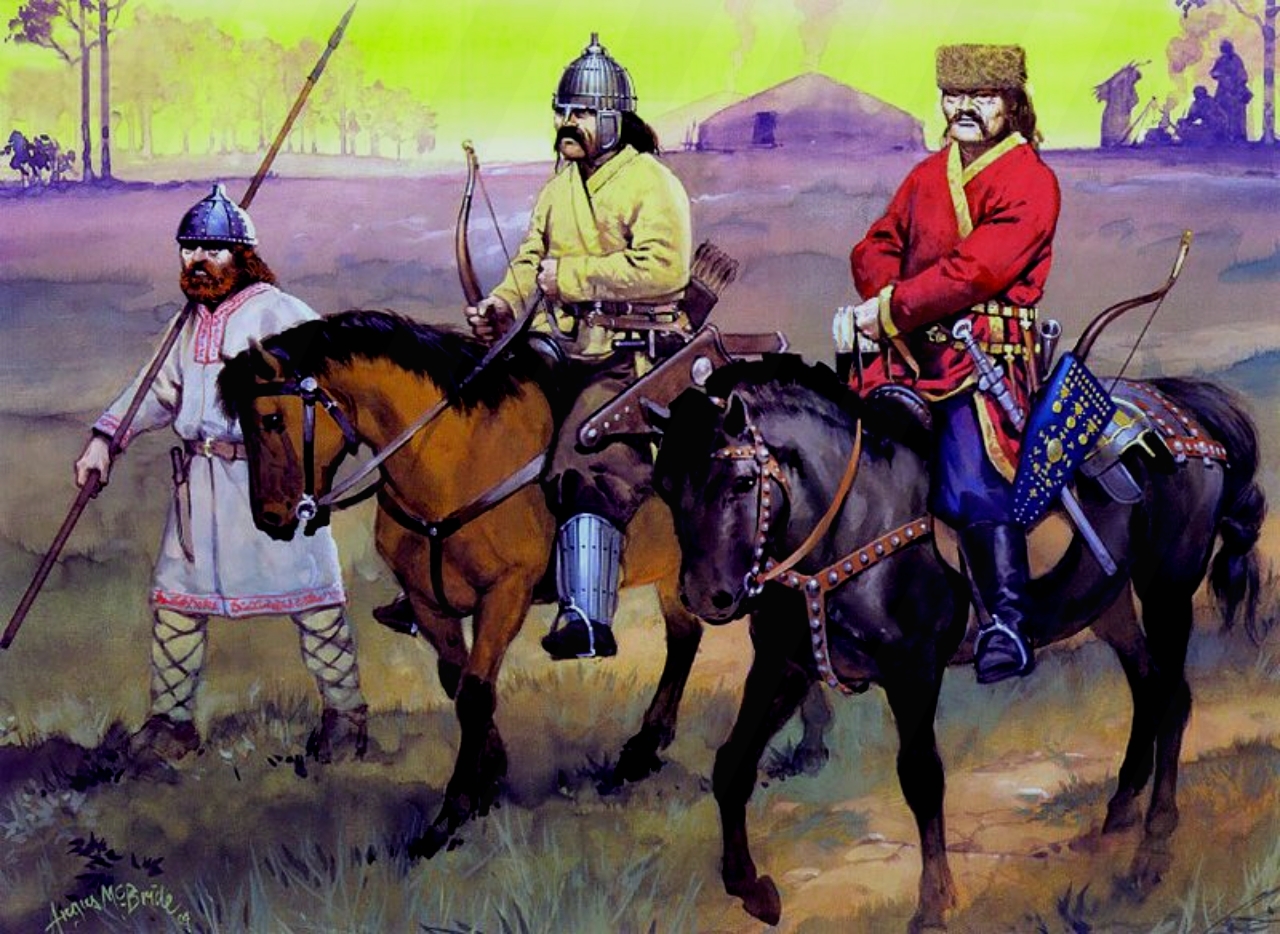
While the Huns were among the first and fiercest nomadic tribes to originate in Central Asia and wreak havoc on the European continent, they were certainly not the last. Less than a century after the disintegration of the Hunnic Empire in the second half of the 5th century AD, another group of warmongering horse lords from the East took their place. These were the Avars, and although not as notorious as their predecessors, they carried on a similar legacy of war and destruction. The Avars are credited with introducing the iron stirrup into Europe and were a significant factor in the southward migration of the Serbs and Croats.
Their first appearance in Europe occurred during the reign of Emperor Justinian I of the Byzantine Empire (527 to 565 AD), who hired them as mercenaries to combat other troublesome tribes. After Justinian’s death, the Avars began seeking a place to settle, eventually finding it in the Pannonian Plain (present-day Hungary), the same area where the Huns had previously centered their empire. Under the leadership of Bayan I, the Avars expelled the Gepids from the region and began expanding their newly established Khaganate in all directions. According to some sources Bayan murder the Gepid King, Cunimund, and even turned his skull into a wine cup.
Over the next two centuries, the Avars conducted numerous raids against their neighbors, displacing or subjugating tribes to use as “cannon fodder” in their wars or extorting those they couldn’t defeat outright. Their primary focus of attack was the Balkan Peninsula, deep within the Byzantine Empire, even laying siege to Constantinople in 626 AD. Their end came with Charlemagne of the Franks, who defeated them once and for all, conquered their capital known simply as “The Ring,” and took their enormous treasure hoard back to Paris. By the year 796 AD, the Avar Khaganate had ceased to exist.
9. The Magyars
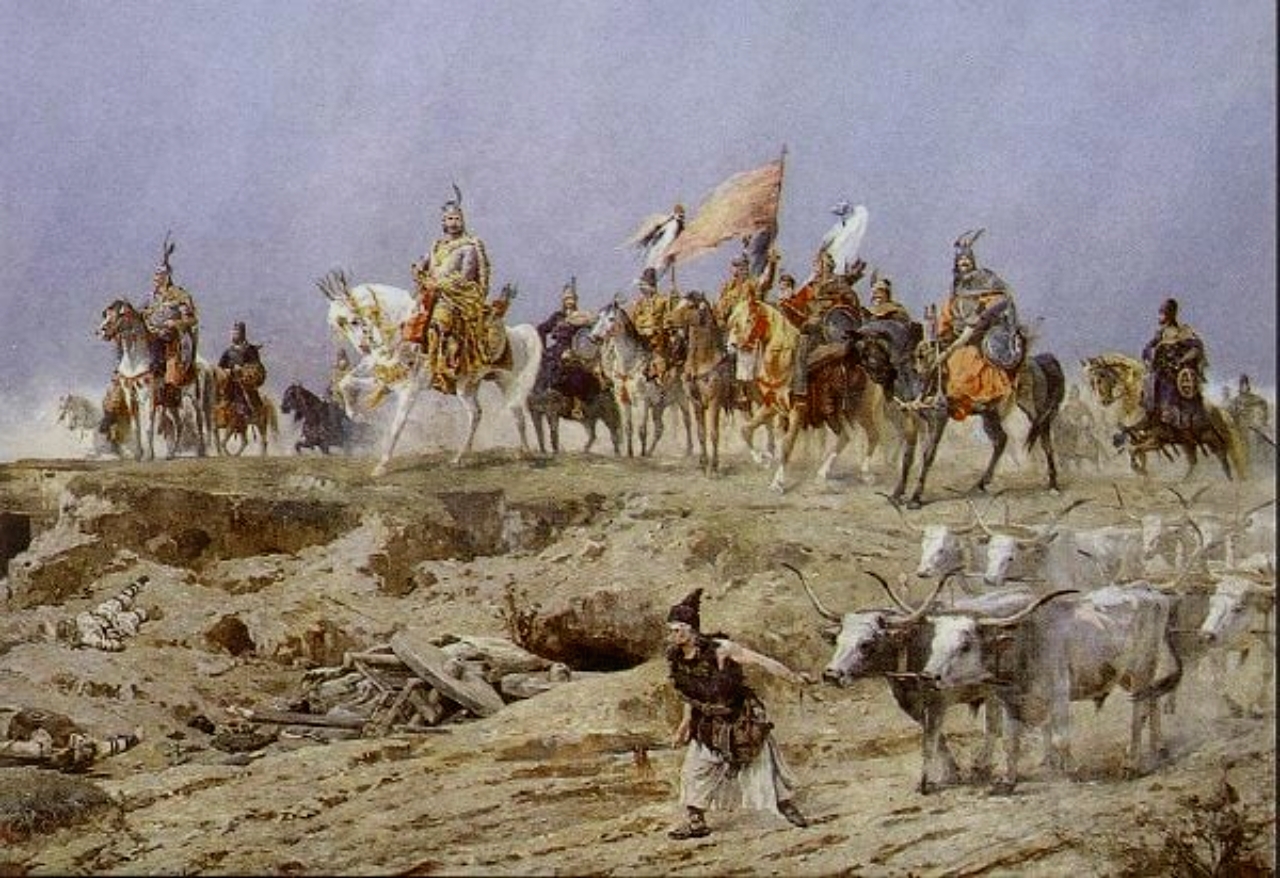
The Magyars, also known as the Hungarians, are a distinct ethnic group with a rich history rooted in Central Europe. Originating from the Ural Mountains region of modern-day Russia, they embarked on a significant migration westward during the 9th century. This migration, known as the Hungarian conquest, led them to settle in the Carpathian Basin, an area encompassing present-day Hungary and its surrounding regions.
Arriving in the late 9th century, the Magyars encountered a diverse array of peoples, including Slavs, Germans, and remnants of the Avars. Despite initial conflicts, they eventually consolidated their rule over the region and established the Principality of Hungary. This marked the beginning of their transformation from a nomadic people to a settled agricultural society under the leadership of their first ruler, Grand Prince Árpád.
The Magyar society of this period was organized into clans, each led by a chief or “gyula,” who participated in a loose confederation under the leadership of the grand prince. They practiced a blend of shamanistic beliefs and pagan traditions, with their spiritual practices deeply intertwined with nature and the cosmos.
In the late 10th century, the Magyars underwent a significant cultural and political transformation with the conversion of their leader, Grand Prince Stephen (later Saint Stephen), to Christianity. This event marked the establishment of the Kingdom of Hungary and its integration into the broader Christian European community. The kingdom thrived over the centuries, experiencing periods of expansion, cultural flourishing, and territorial consolidation.
Throughout their history, the Magyars have steadfastly upheld their distinct cultural identity, language, and traditions. The Hungarian language, which belongs to the Finno-Ugric language family, distinguishes them from their predominantly Slavic and Germanic neighbors. Their cultural heritage includes folk traditions, literature, music, and cuisine that reflect their unique historical journey and influences from neighboring peoples.
Today, the Magyars form the largest ethnic group in Hungary, contributing significantly to the country’s political, economic, and cultural life. Their history serves as a testament to resilience, adaptation, and the enduring preservation of cultural identity amidst centuries of geopolitical changes in Central Europe.
8. The Drevlians
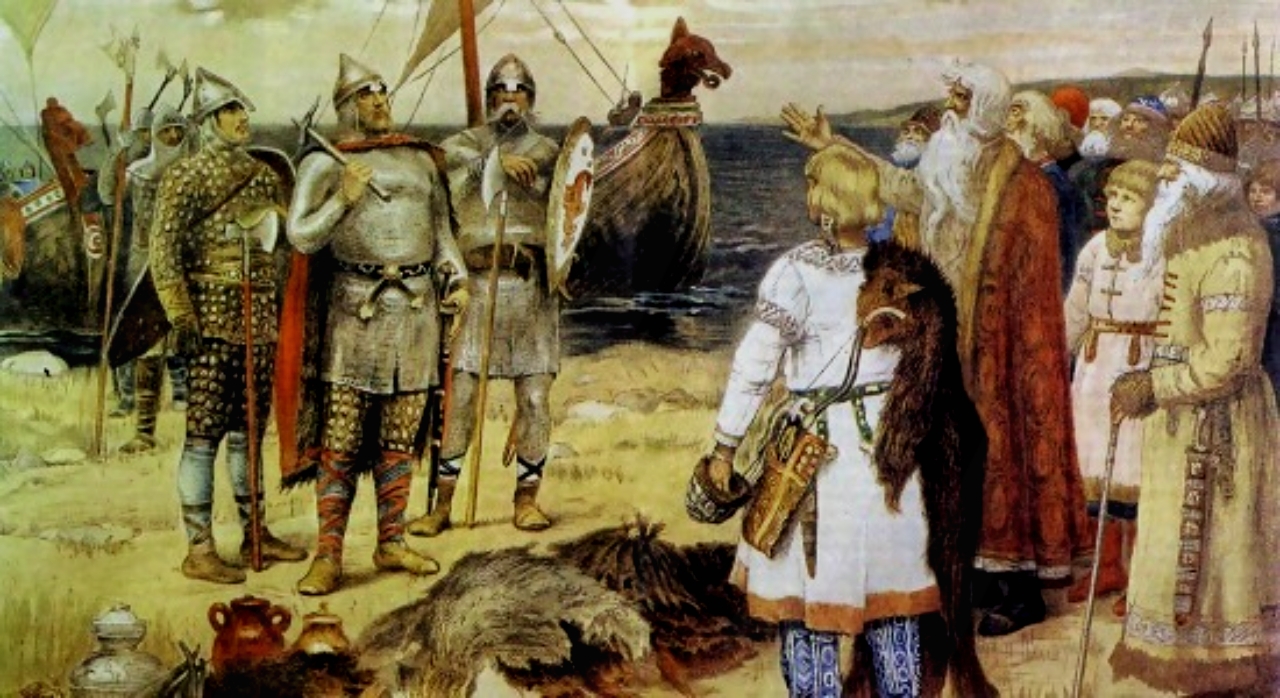
The Drevlians were an ancient East Slavic tribe inhabiting the territories along the rivers of the middle Dnieper region, in what is now Ukraine. Known for their agricultural practices and skilled craftsmanship, they emerged as a prominent polity during the early medieval period.
The Drevlians engaged in trade and diplomatic relations with neighboring tribes and cultures, including the Byzantine Empire and other Slavic groups. However, they are perhaps best known for their interactions with the Kievan Rus, particularly during the reign of Princess Olga of Kiev in the 10th century.
One of the most significant events in their history was their conflict with Princess Olga, widow of Prince Igor of Kiev. After the Drevlians murdered Igor, Olga embarked on a vengeful campaign against them, culminating in her elaborate revenge plot documented in historical accounts. Her tactics, which included strategic diplomacy and military prowess, solidified her reputation and strengthened Kievan Rus influence over the Drevlians.
The Drevlians eventually assimilated into broader East Slavic identities, particularly under the influence of the emerging Kievan Rus state. Their legacy persists in archaeological finds, historical texts, and the cultural heritage of the Ukrainian people, reflecting their contributions and interactions in shaping early medieval Eastern Europe.
7. The Picts (Caledonians)
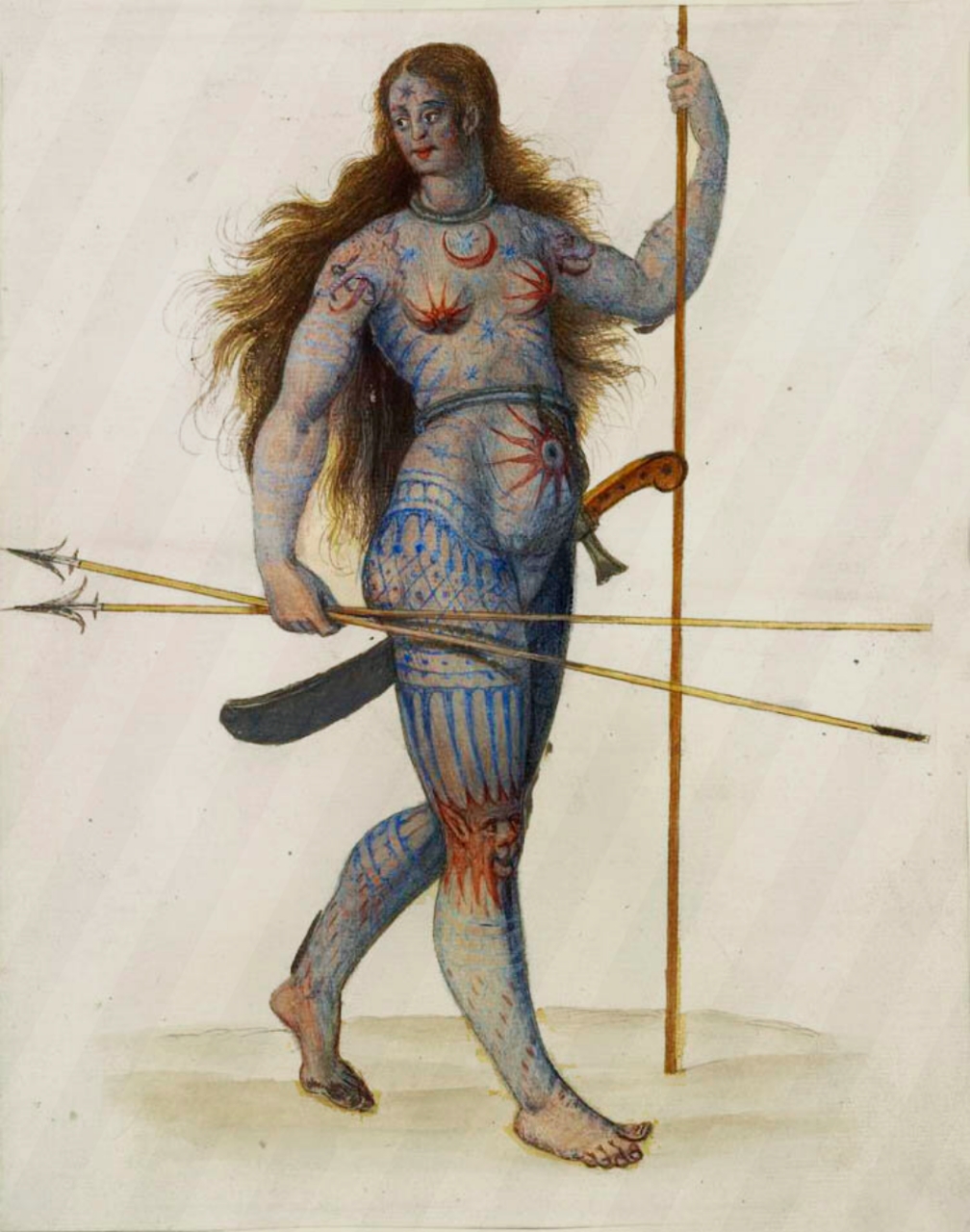
The Picts were a group of Celtic-speaking peoples who inhabited what is now eastern and northern Scotland during the late Iron Age and early Medieval periods. Known for their distinctive artistic culture, the Picts left behind intricate stone carvings and symbols, many of which remain enigmatic to this day.
Their society was organized into kingdoms or tribal confederations, with each ruled by a king or chief. The Picts engaged in agriculture, fishing, and trade, establishing contacts with neighboring peoples such as the Romans to the south and the Gaels to the west.
One of the defining features of the Picts was their use of symbols, often carved into standing stones or monuments. These symbols, including animals, geometric shapes, and abstract designs, are believed to have held religious, social, or territorial significance, though their exact meanings remain debated among historians and archaeologists.
The Picts resisted Roman conquest attempts during the Roman Empire’s expansion into Britain, maintaining their independence in the northern territories of Caledonia. Their interactions with the Romans and later with Gaelic-speaking kingdoms influenced their culture and political landscape, ultimately leading to their integration into the broader Scottish identity by the early medieval period.
The legacy of the Picts is preserved through archaeological discoveries, place names, and historical accounts, contributing to the rich tapestry of Scotland’s early medieval history and cultural heritage.
6. The Chatti
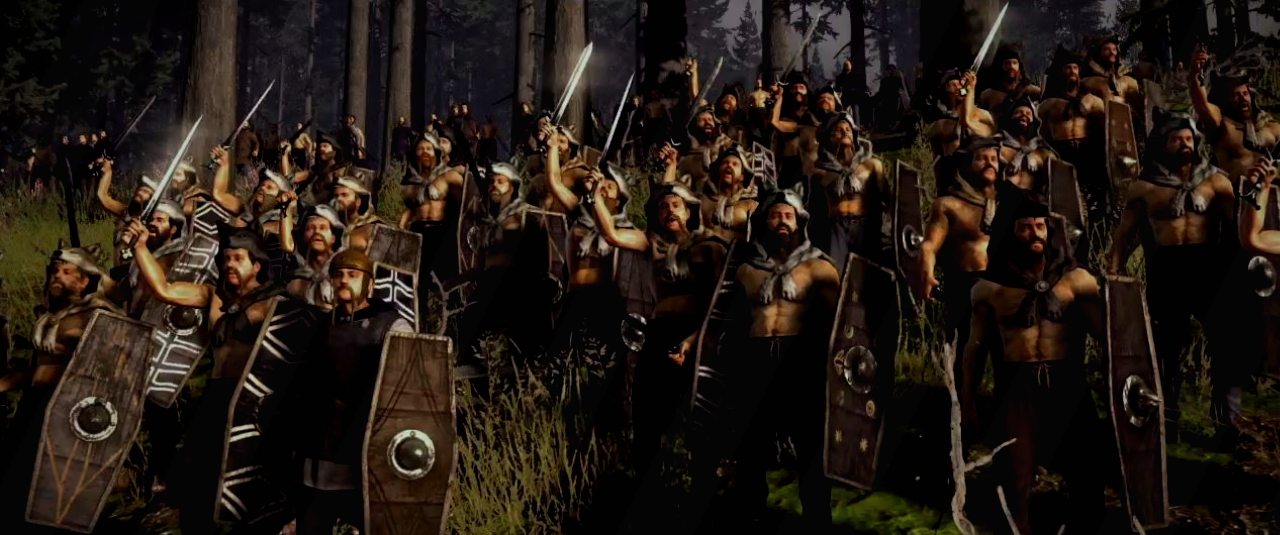
The Chatti were an ancient Germanic tribe who inhabited the region of modern-day Hesse in central Germany during the early centuries CE. They were renowned for their fierce warrior culture and played a significant role in the tumultuous events of Roman-Germanic interactions.
The Chatti were initially known for their resistance against Roman expansion into Germania during the late Republic and early Empire periods. They participated in several conflicts with Roman forces, including notable engagements during the campaigns of Julius Caesar and later under Augustus and his successors. Their warriors were respected for their bravery and military prowess, often challenging Roman dominance in the region.
In addition to their martial reputation, the Chatti were skilled craftsmen and traders, engaging in commerce with neighboring tribes and Roman settlements along the Rhine River. Archaeological evidence suggests they produced distinctive pottery and metalwork, which were traded throughout central Europe.
By the late Roman period, the Chatti gradually assimilated into broader Germanic identities, particularly under the influence of the Frankish kingdoms that emerged in the region. Their cultural legacy persisted through place names, archaeological remains, and historical accounts, contributing to our understanding of early Germanic societies and their interactions with the Roman world.
5. The Pechenegs
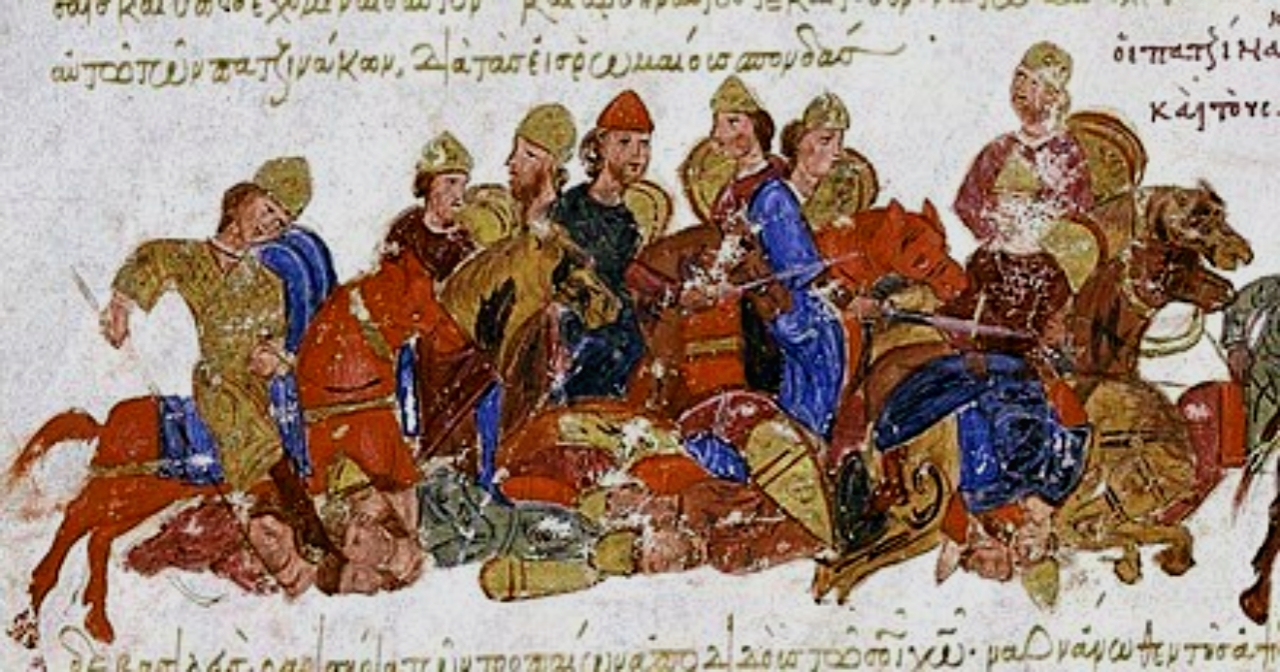
The Pechenegs were a Turkic nomadic people who played a significant role in the history of Eastern Europe and Central Asia during the 8th to 12th centuries. Originally inhabiting the steppes north of the Black Sea, they were known for their skilled horse-riding and warfare tactics, often engaging in conflicts and alliances with neighboring powers.
Initially, the Pechenegs were allies of the Byzantine Empire against other nomadic groups such as the Magyars and Bulgars. However, their relationship with Byzantium later deteriorated, leading to frequent raids and conflicts along the empire’s northern borders. These clashes often saw the Pechenegs attempting to assert dominance over the steppe lands and control trade routes.
The Pechenegs were also active participants in the complex political landscape of the Eurasian steppe, interacting with other Turkic tribes, such as the Cumans and Khazars, as well as Slavic and Byzantine states. Their presence and movements often influenced the balance of power in the region.
By the 12th century, pressure from various forces, including the Cumans and internal divisions, led to the decline of the Pechenegs as a distinct political and ethnic entity. Many Pechenegs were assimilated into other Turkic and Slavic populations, while others migrated further eastward or southward, leaving behind a legacy of nomadic culture and military prowess in Eastern European history.
4. The Harii
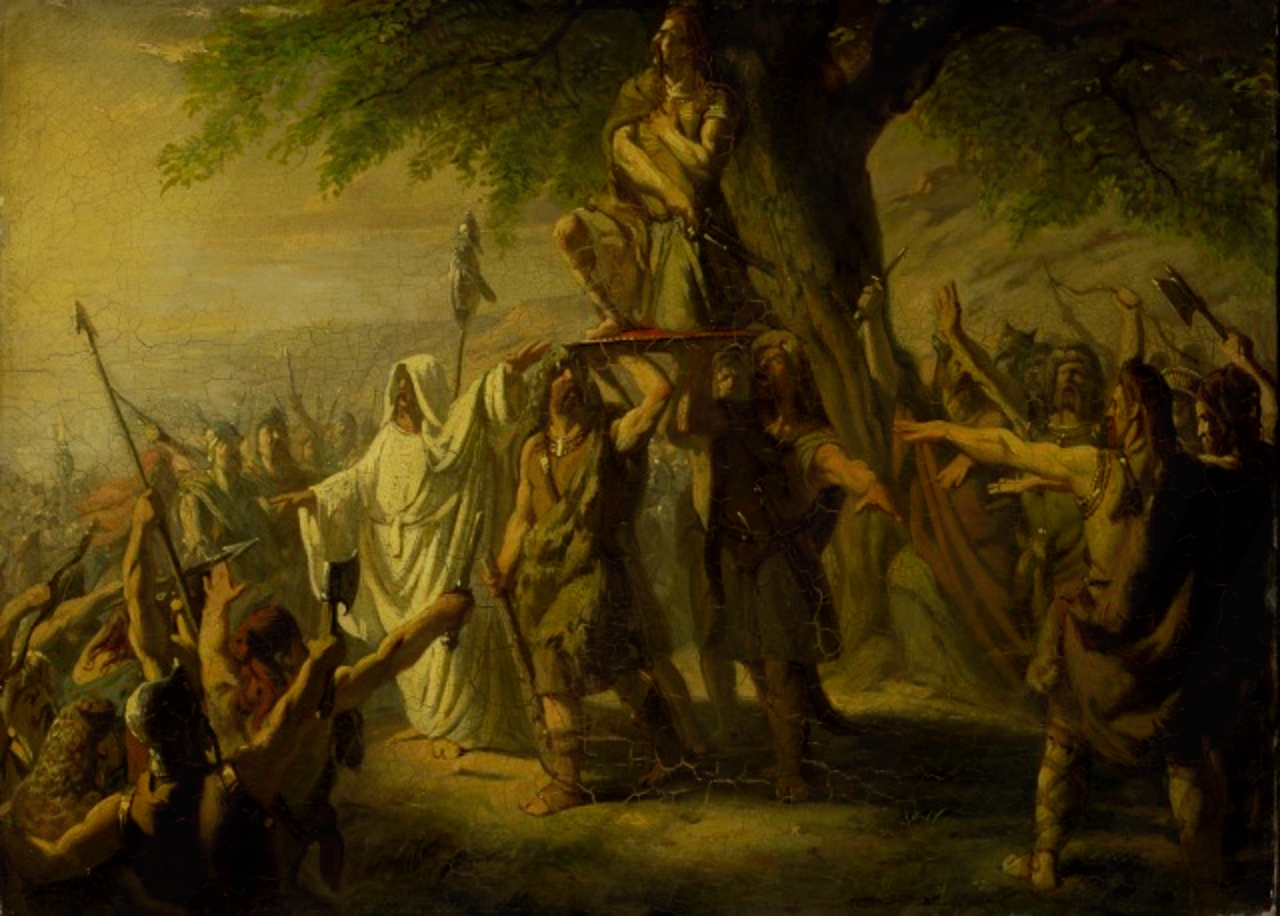
The Harii were an ancient Germanic tribe mentioned by Tacitus in his work “Germania,” who inhabited the region of what is now northern Germany and southern Denmark during the 1st century CE. They were noted for their fierce warrior culture and distinctive appearance, which included dyeing their hair and bodies with a dark blue pigment to create a fearsome impression in battle.
Tacitus described the Harii as a tribe that celebrated warfare and raiding as integral parts of their society. They were known for their bravery in combat and their resistance against Roman incursions into Germania. The Harii lived in small, scattered settlements and practiced a pastoral and agricultural lifestyle, relying on hunting and herding for sustenance.
The exact fate of the Harii is unclear in historical records beyond Tacitus’ mention. They were likely assimilated into other Germanic tribes or populations over time, as the region underwent various migrations and cultural shifts during the Migration Period and beyond.
The Harii remain significant in Germanic history as one of the many tribes that inhabited the vast territories of northern Europe before the establishment of modern nation-states. Their cultural practices and martial traditions contributed to the broader tapestry of early Germanic societies and their interactions with the Roman Empire.
3. The Cumans
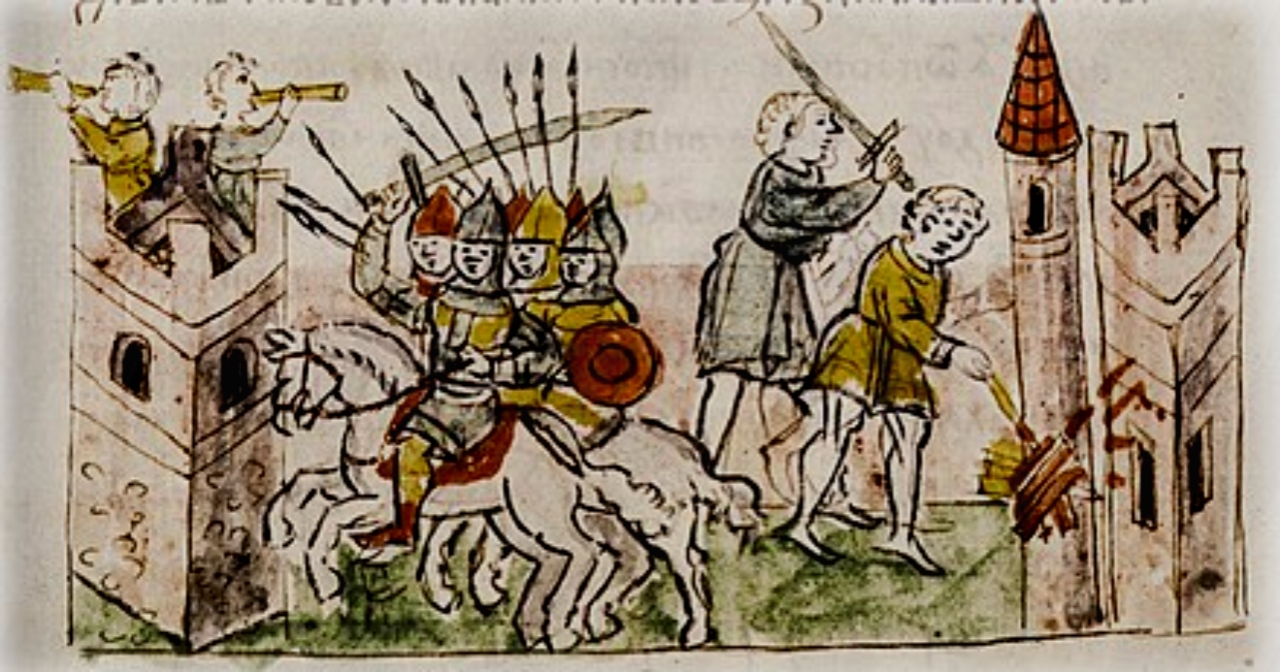
The Cumans, also known as the Kipchaks, were a Turkic nomadic people who emerged as a significant force in the Eurasian steppes during the 11th to 13th centuries. Originating from the regions north of the Black Sea and Caspian Sea, they were skilled horsemen and warriors who played a pivotal role in the geopolitics of Eastern Europe and Central Asia.
Initially, the Cumans were allies of the Byzantine Empire and were often hired as mercenaries to aid in various military campaigns. However, they later became formidable opponents of the Byzantines and other neighboring powers, including the Kievan Rus and the Kingdom of Hungary.
The Cumans formed a confederation of tribes and clans, unified under a supreme leader titled the Khan. They were known for their nomadic lifestyle, herding practices, and seasonal migrations across the steppe lands. They engaged in trade and plunder, exerting influence over trade routes and engaging in both conflict and diplomacy with settled states.
By the 13th century, pressure from the Mongol Empire and internal divisions weakened the Cumans, leading to their fragmentation and dispersal. Many Cumans assimilated into other Turkic and Slavic populations, while others migrated westward and southward, leaving behind traces of their cultural heritage in various regions.
The legacy of the Cumans is reflected in archaeological remains, historical accounts, and cultural influences in Eastern Europe and Central Asia, contributing to the complex tapestry of Eurasian history.
2. The Barbary Pirates
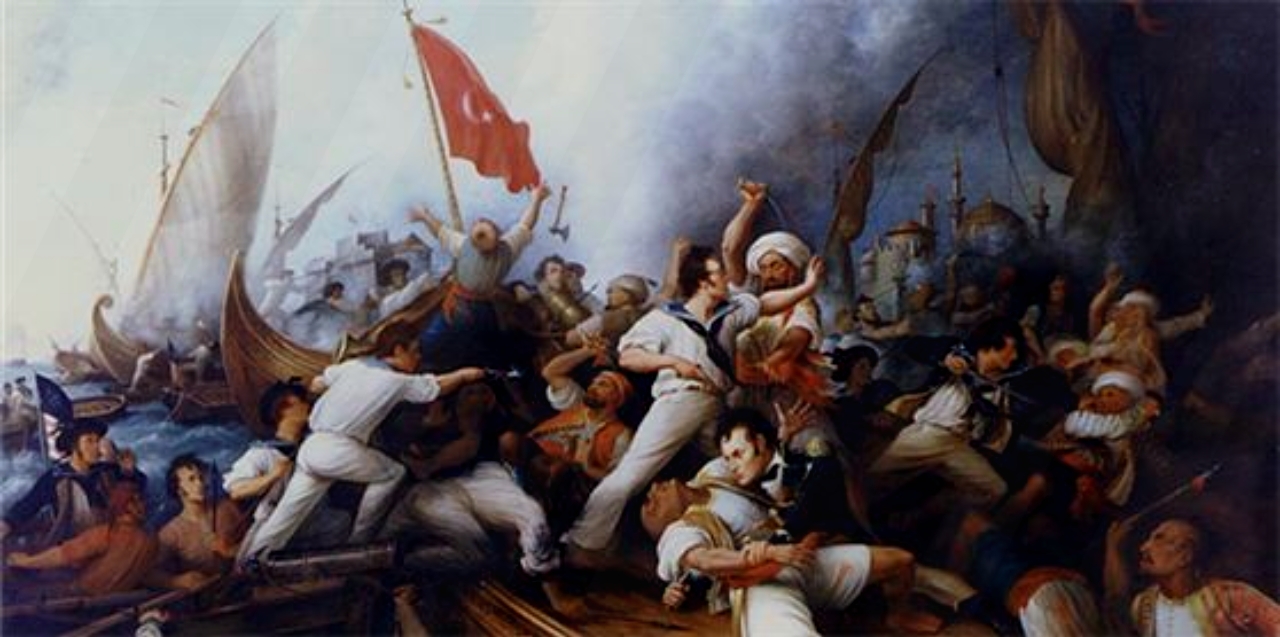
The Barbary Pirates were a notorious group of North African pirates who operated primarily from the ports of the Barbary Coast, encompassing modern-day Morocco, Algeria, Tunisia, and Libya, during the 16th to 19th centuries. They gained infamy for their raids on European coastal towns and ships traveling through the Mediterranean Sea.
These pirates were primarily based in cities such as Algiers, Tunis, and Tripoli, which were under the nominal control of the Ottoman Empire but functioned autonomously. They preyed on merchant vessels from European countries, capturing crews and passengers to be sold as slaves or held for ransom. These actions disrupted maritime trade and led to significant economic and political tensions between North African states and European powers.
The Barbary Pirates justified their activities by citing religious motivations and retaliations against perceived injustices from European powers. They often collaborated with corsairs from other North African ports and occasionally ventured as far as the Atlantic Ocean, targeting ships from countries like Spain, Italy, France, and even the fledgling United States.
The piracy era ended gradually in the early 19th century, as European naval powers such as the United States, Britain, and France conducted military campaigns against the Barbary states. The decisive blows were the bombardment of Algiers in 1816 and the subsequent treaties that effectively ended state-sponsored piracy in the region, marking the decline of the Barbary Pirates and the beginning of European colonial influence in North Africa.
1. The Vandals
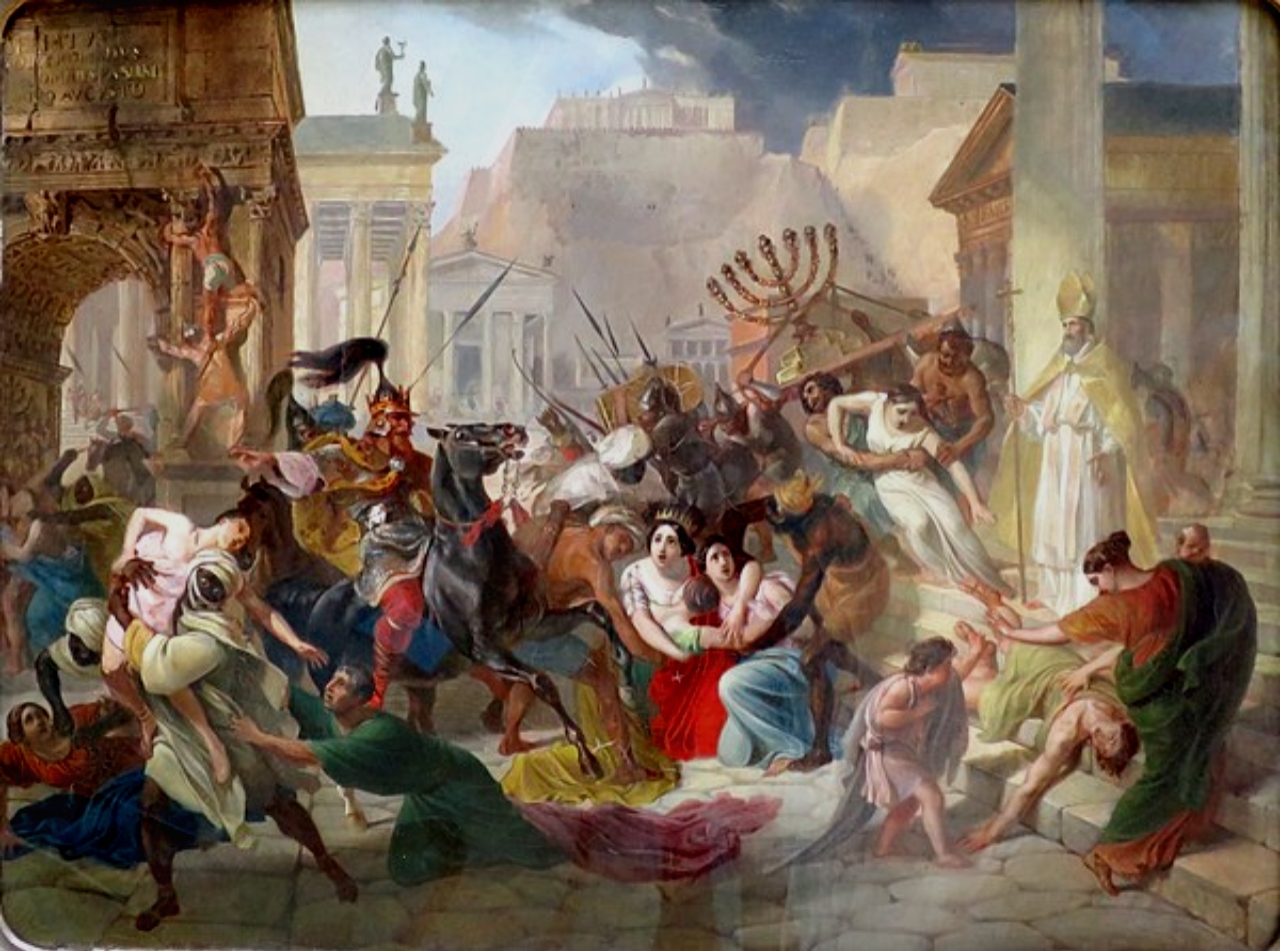
The Vandals were a Germanic tribe that played a significant role in the decline of the Western Roman Empire during the 5th century CE. Originating from the region of modern-day Germany, they migrated southward and settled in Pannonia (present-day Hungary) before moving westward into Gaul (modern-day France) and eventually crossing into Hispania (modern-day Spain).
In 429 CE, under the leadership of King Geiseric, the Vandals crossed into North Africa, where they established a powerful kingdom with its capital at Carthage. They quickly became known for their naval prowess and raiding expeditions across the western Mediterranean, disrupting Roman trade and posing a significant threat to the stability of the Roman Empire.
In 455 CE, under the command of King Geiseric, the Vandals famously sacked Rome. This event marked a symbolic and tangible blow to Roman prestige and power, although the Vandals did not occupy the city for long. Their kingdom in North Africa continued to thrive for several decades, engaging in conflicts with the Eastern Roman Empire (Byzantine Empire) and maintaining control over much of the western Mediterranean.
Ultimately, the Vandal kingdom was conquered by the Byzantine general Belisarius in 533-534 CE during the Byzantine reconquest of North Africa. Many Vandals either assimilated into the local Berber population or migrated to other regions, leaving behind a legacy of military prowess and a significant chapter in the history of late antiquity.
These ten tribes, each with their unique tactics and cultural practices, significantly impacted European history through their relentless raids and warfare.






